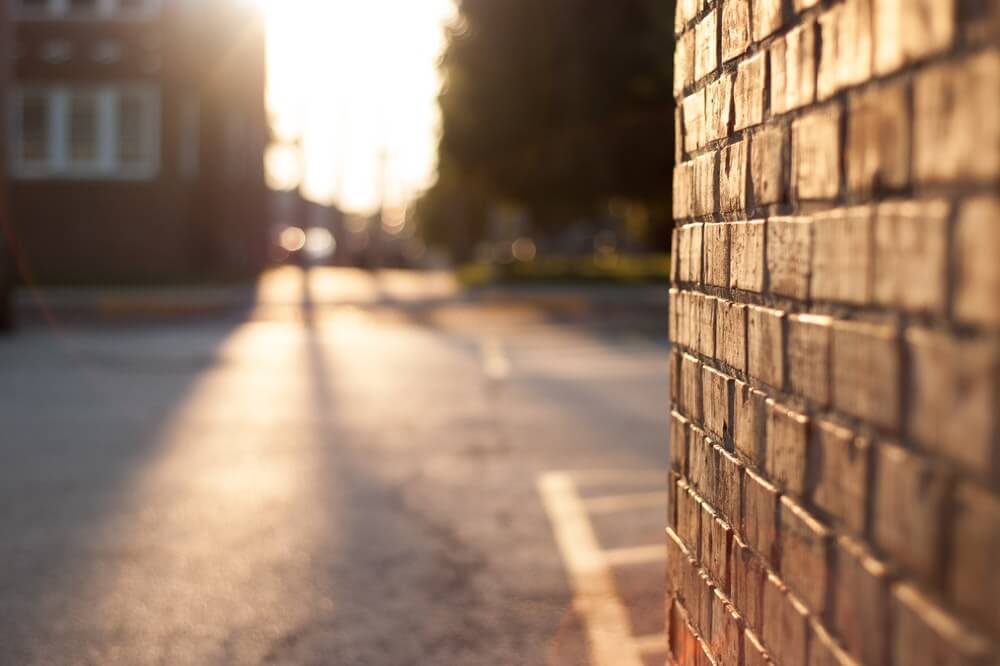Where do Bricks Come From and How are They Made?

He huffed and he puffed but he couldn’t blow the house down. The subject of children’s tales and the foundation of some of the world’s most prestigious structures – bricks have been a trusted building material for ages. Standing the test of time and weathering the elements, these relatively simple blocks have proven to be one of the most reliable construction allies. From churches to patios, bricks are one of the most reliable building blocks.
But where do bricks come from? And how are bricks made? The traditional brick is comprised of clay, sand, and water – and many are still made this way today. It’s not uncommon though to add ash or coal to bricks nowadays to make them more durable and lightweight.
At Fulton Brickyard, we source our bricks from a number of regions in the Melbourne area. The different compounds of clay that we use give our bricks their distinct colour and texture. We carry a wide range of styles to match exactly the colour scheme of your project.
Brick Origins
The use of bricks dates back over 9000 years to structures in the Middle East. Until 3500BC, bricks were only dried by the sun, and thus could only be produced in hot climates. After 3500BC, using fire to dry bricks became commonplace and bricks could be produced in any climate. This fire-drying method is still used today, albeit with added machinery and technology depending on the producer.
The Process
Once clay has been excavated from the desired area, it’s brought back to the factory where it’s combined with a specific quantity of sand and water, and potentially ash, coal, or cement. The mixture must be precise – too much water and the bricks will fall apart, too little and they will crumble.
The mixture is then poured into moulds and then set to dry before it can be heated and cooked. The drying might be done by the sun or by commercial dryers, depending on the climate. Once dry, the bricks are baked in an oven to temperatures North of 700 degrees Celsius. After the heating and burning process, the bricks are ready for use.
Variations
Bricks come in a variety of sizes, shapes, and colors. The size and shape depend on the mould that’s used to form the bricks. The most common brick is the small, red, rectangle. The colour depends on where the clay is sourced from, the ingredients mixed into the brick, and how long the bricks are cooked for. Less homogenous mixtures can produce bricks that have multiple shades or colours.
Final Thoughts
Relied on since the beginning of civilization, bricks have been the building blocks of human structures for millennia. In all this time, the recipe and method for producing them has hardly changed. Machinery and technological innovation have allowed us to produce them quicker and on a grander scale, but the essence of their creation remains the same. If it ain’t broke, don’t fix it – and if it was carefully constructed with brick, it probably ain’t broke.
- Are Sandstone Paver Walkways Safe for Pets and Children?
- Artificial Turf vs Natural Grass: Which is Better for Your Yard?
- Can You Pressure Wash a Wooden Deck?
- The Benefits of Permeable Pavers in Stormwater Management
- The Importance of Proper Drainage Planning for Your Backyard or Garden
- Common Mistakes to Avoid When Cleaning Sandstone Pavers
- How to Repair Broken or Sunken Pavers
To learn more about the outstanding benefits of our expressive, evocative,
and natural granite pavers call us today on:
